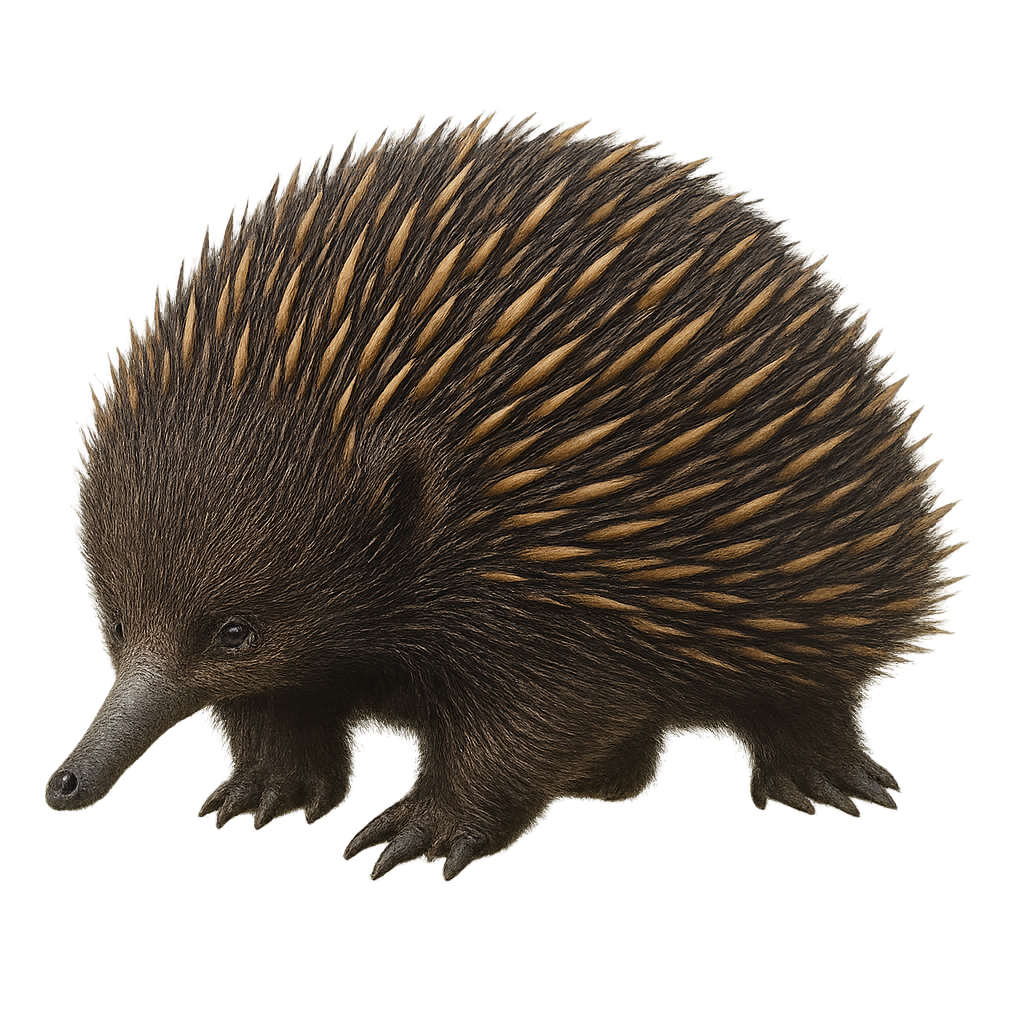Your wildlife photography guide.
Explore the short-beaked echidna in detail, study its behavior, prepare your shots.
Where to observe and photograph the short-beaked echidna in the wild
Learn where and when to spot the short-beaked echidna in the wild, how to identify the species based on distinctive features, and what natural environments it inhabits. The WildlifePhotographer app offers tailored photography tips that reflect the short-beaked echidna’s behavior, helping you capture better wildlife images. Explore the full species profile for key information including description, habitat, active periods, and approach techniques.
Short-beaked echidna
Scientific name: Tachyglossus aculeatus

IUCN Status: Least Concern
Family: TACHYGLOSSIDAE
Group: Mammals
Sensitivity to human approach: Tolerant
Minimum approach distance: 5 m
Rut period: June to July
Gestation: 21-28 jours
Births: July to August
Habitat:
Forests, scrublands and open areas
Activity period :
Mainly active at night, generally discreet during the day.
Identification and description:
The short-beaked echidna is a small monotreme mammal, 30–45 cm long, covered in spines with an elongated head bearing a long tubular snout. Endemic to Australia and New Guinea, it inhabits forests, scrublands and open areas, feeding mainly on ants and termites with its fast, sticky tongue. Solitary, it alternates nocturnal and crepuscular activity phases to avoid heat.
Recommended lens:
300 mm – adjust based on distance, desired framing (portrait or habitat), and approach conditions.
Photography tips:
Photograph the short-beaked echidna at dawn or dusk using a telephoto lens of ≥300 mm from a low hide. Use a fast shutter speed to freeze its slow movements and shallow depth of field to isolate its spines. Remain silent and patient.
The WildlifePhotographer App is coming soon!
Be the first to explore the best nature spots, track rutting seasons, log your observations, and observe more wildlife.
Already 1 429 wildlife lovers subscribed worldwide

